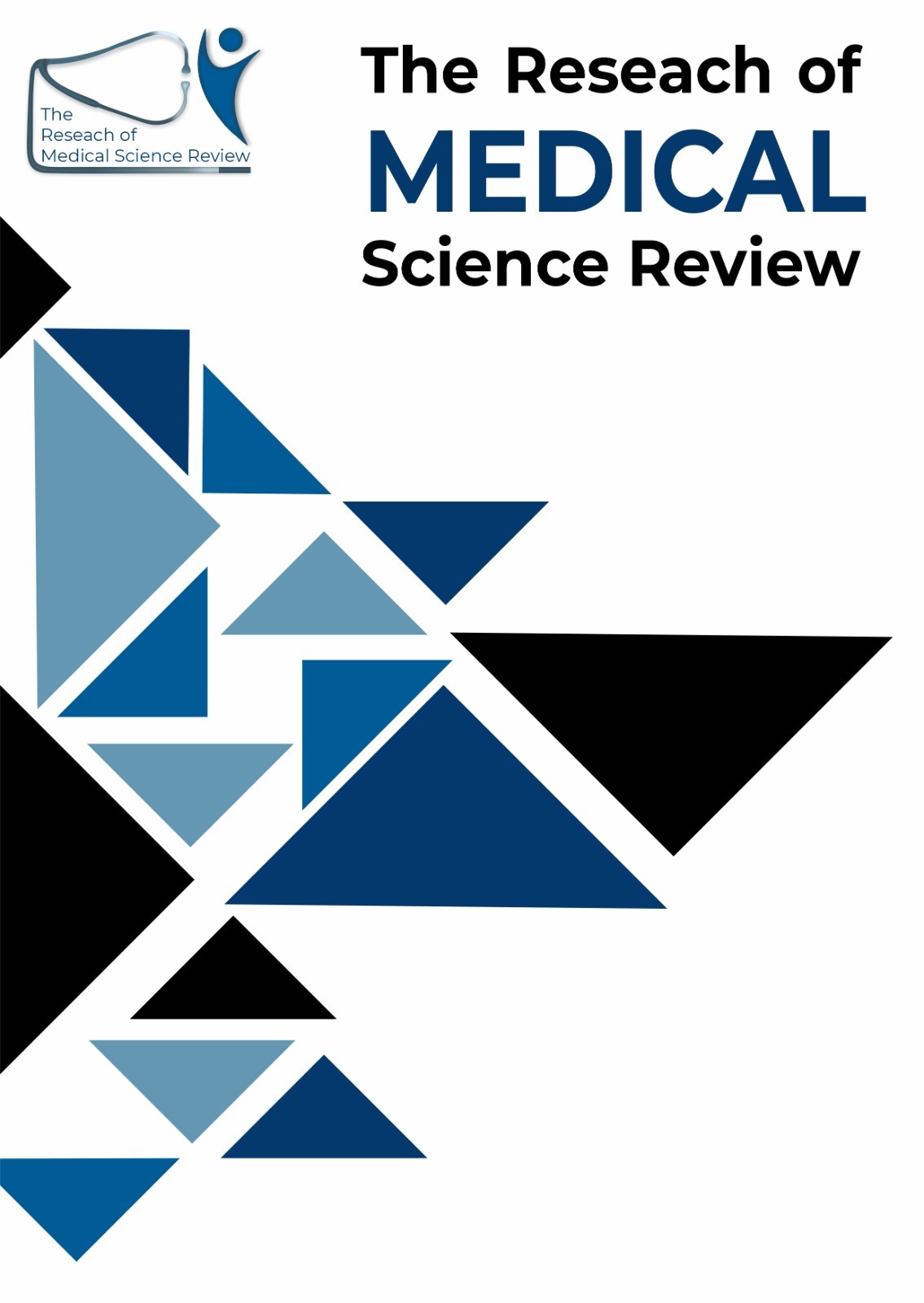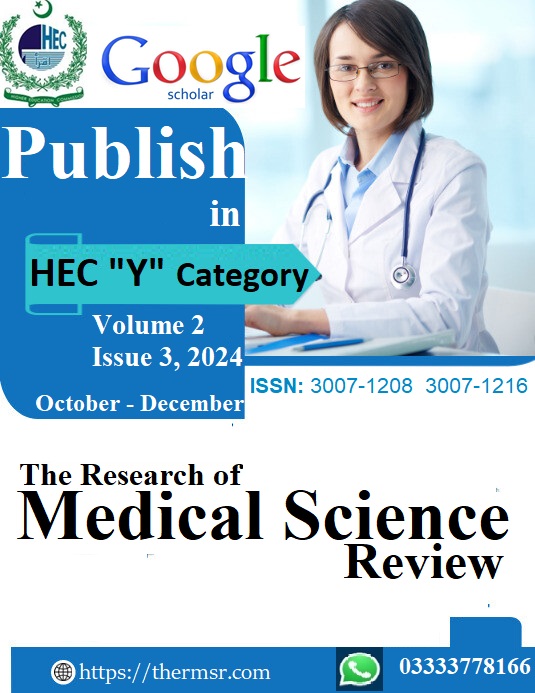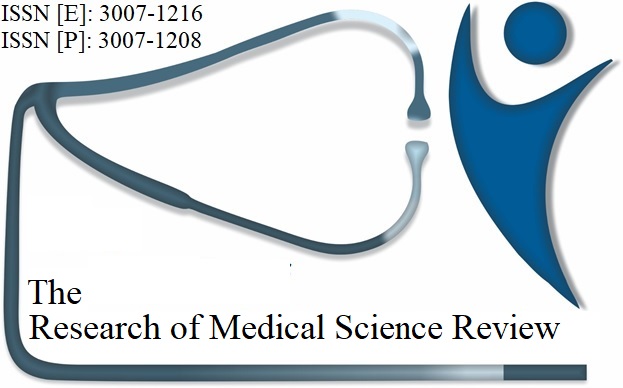SAFETY, EFFICACY AND TOLERABILITY OF ANGIOTENSIN RECEPTOR-NEPRILYSIN INHIBITORS (ARNI) IN PATIENTS WITH CHRONIC HEART FAILURE
Keywords:
Chronic heart failure, ARNI, safety, efficacy, tolerability, ejection fraction, hospitalization ratesAbstract
Introduction: Chronic heart failure (CHF) is a prevalent and debilitating condition characterized by the heart's inability to pump sufficient blood to meet the body's needs. Angiotensin receptor-neprilysin inhibitors (ARNI) have emerged as a promising therapeutic option for managing CHF, offering potential benefits in terms of mortality reduction and symptom alleviation. This study evaluates the safety, efficacy, and tolerability of ARNI in patients with chronic heart failure. Objective: To assess the safety, effectiveness, and tolerability of ARNI therapy in patients diagnosed with chronic heart failure. Methodology: A cross-sectional study was conducted involving 220 patients diagnosed with chronic heart failure. Participants received ARNI therapy, and data on clinical outcomes, adverse effects, and quality of life were collected and analyzed. Results: ARNI therapy demonstrated a significant improvement in ejection fraction and reduction in hospitalization rates. The treatment was well-tolerated, with a low incidence of adverse effects. Quality of life scores improved markedly post-treatment. Conclusion: ARNI is a safe, effective, and well-tolerated treatment option for patients with chronic heart failure, offering substantial benefits in clinical outcomes and patient quality of life.
Downloads
Downloads
Published
Issue
Section
License
Copyright (c) 2025 Dr Anurag Rawat, Dr Syed Shahzad Ahmed, Dr Ali Tariq, Muhammad Sajid, Marzooq Salahuddin, Zain Ramzan (Author)

This work is licensed under a Creative Commons Attribution-NonCommercial-NoDerivatives 4.0 International License.














